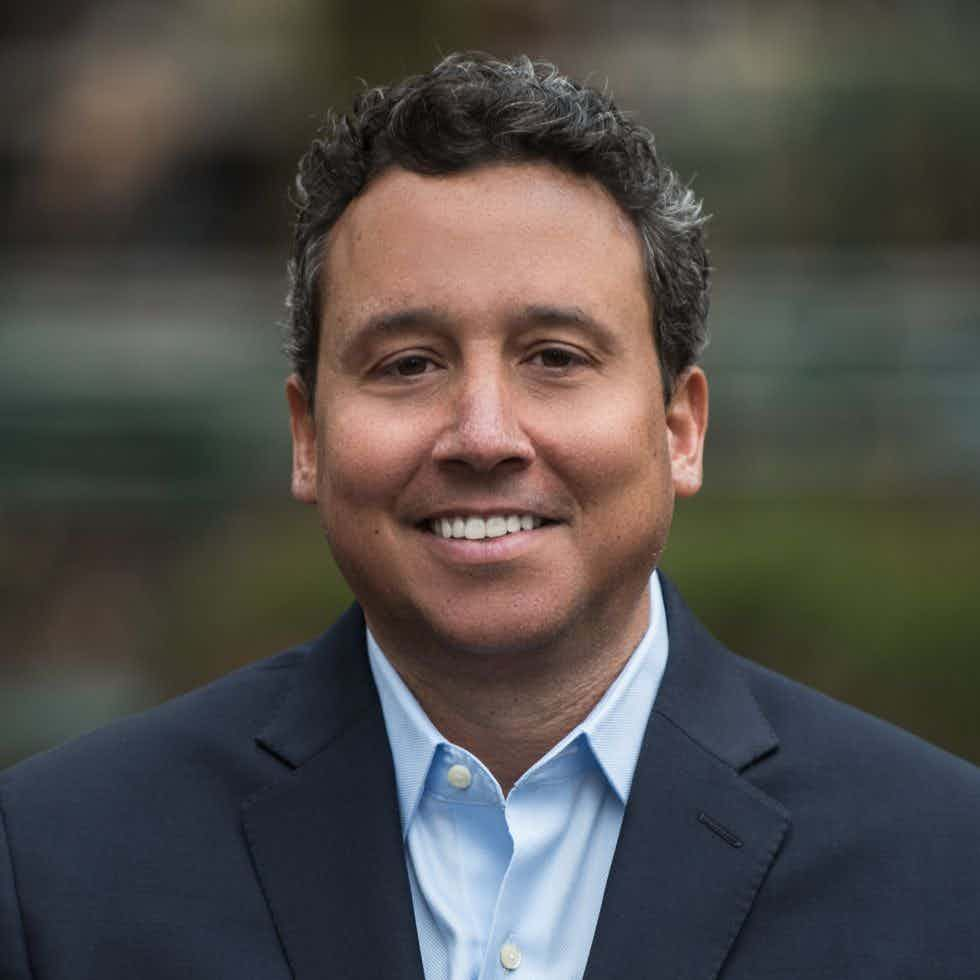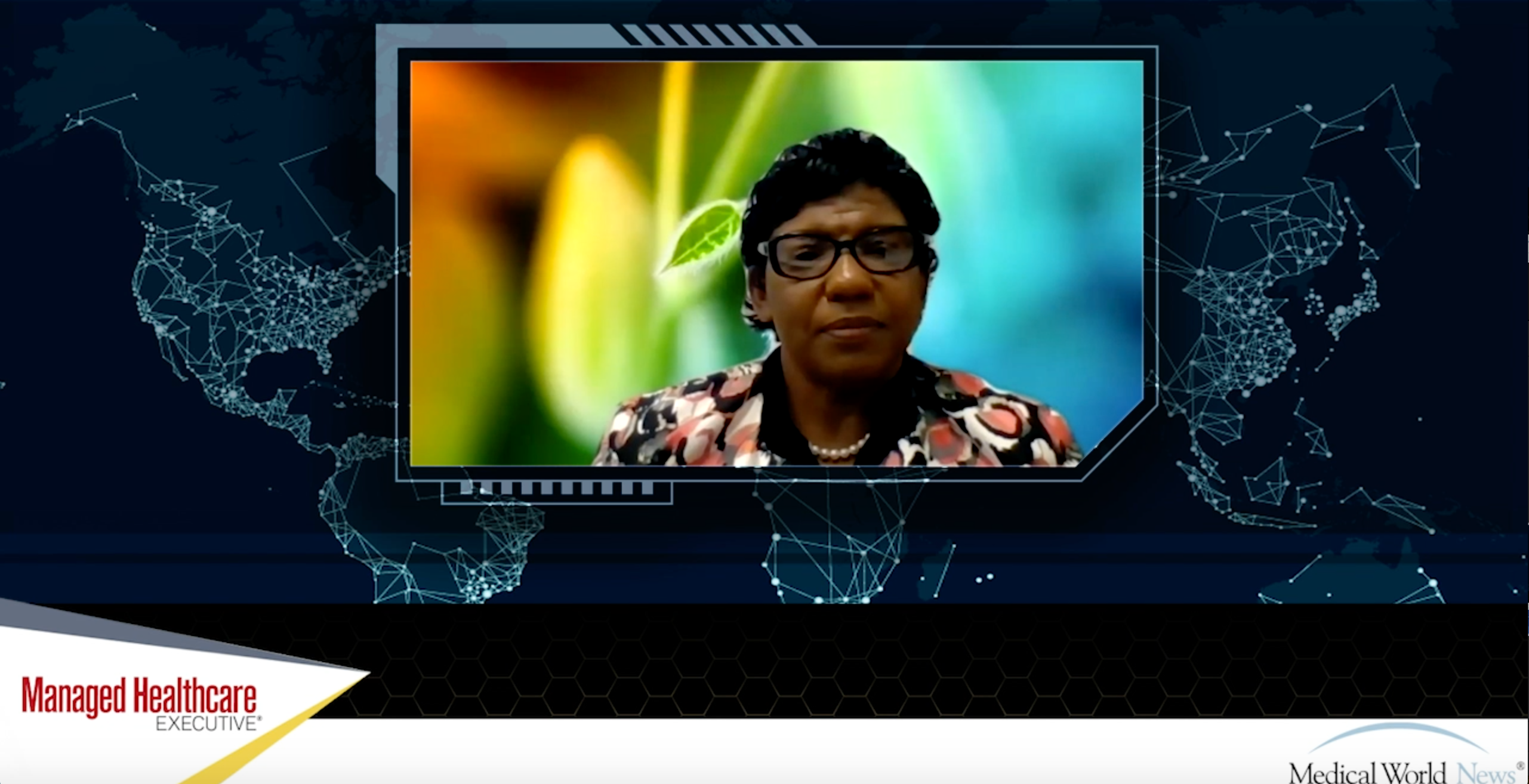Use of Telehealth Services Increases Amid Pandemic
The telehealth industry and its observers have been surprised by how quickly the healthcare system has pivoted to telehealth and providing care remotely.

They say in any crisis, one sound is opportunity knocking. COVID-19 certainly seems to have found telehealth’s door.
No one is cheerleading for the pandemic, but the telehealth industry and its observers have been surprised by how quickly the healthcare system has pivoted to telehealth and providing care remotely. The course of the outbreak and its consequences are far from certain, but one of the lasting effects may be a fundamental shift in how American healthcare is delivered.
“I don’t think we can put the genie back in the bottle,” says Michael Barnett, MD, an assistant professor at the Harvard T.H. Chan School of Public Health who has studied telehealth and a primary care physician at a clinic associated with Brigham and Women’s Hospital in Boston.
Cynthia Hundorfean, CEO and president of Allegheny Health Network in Pittsburgh and a member of the Managed Healthcare Executive editorial advisory board said in an email interview at the end of March that her organization’s outpatient service had gone almost completely to virtual visits because of COVID-19.
Related: AJMC Authors: Telemedicine 'Ideal' For Dealing With COVID-19
“I believe that this will become our new normal,” predicted Hundorfean.
In Barnett’s view, a turning point occurred on March 17 when CMS loosened its rather strict telehealth rules for Medicare beneficiaries. Instead of being required to go an “originating site,” beneficiaries could be seen in their homes. CMS assured providers that the rules that the patient had to have a prior relationship with the provider would not be enforced and, effectively, waived any kind of HIPAA enforcement of visits conducted through FaceTime, Skype, or other commonly used video conferencing apps and platforms.
“HIPAA has been viewed as sacrosanct,” says Barnett.
In Massachusetts, Gov. Charlie Baker went further and ordered insurers to allow and cover visits that were connected just by voice with no video. Private insurers have also abetted the adoption of telehealth by waiving cost sharing and, in some cases, loosening their billing rules. The direct-to-consumer telehealth companies have ramped up hiring and their services, although Barnett sees them as a playing a relatively small role in terms of the overall delivery of healthcare.
Future research will show more definitively what telehealth accomplished during the COVID-19 outbreak, but Barnett believes it has helped with social distancing. Patients with issues that aren’t related to COVID-19 can be seen in a way that adheres to self-isolation rules and guidances. Perhaps some infected patients have been kept out of clinics and doctor offices. Barnett notes some healthcare providers may inadvertently serve as “super spreaders” of the SARS-CoV-2 virus that causes COVID-19, so telehealth may have prevented some provider-to-patient transmission.
“It probably has helped in both directions,” he says.
The first iPhone came out in 2007. Barnett says healthcare has lagged behind other parts of the economy - and society - that have embraced smartphones. Healthcare has clung to the in-person visit between one patient and one clinician as the standard unit of care -and paid for it that way too. COVID-19 may be the disruption that loosens the grip and ushers in other ways of delivering care, especially telehealth, he says.
“None of these ideas are new,” Barnett says. “It is just that they never gotten traction.”
Peter Wehrwein is senior editor of Managed Healthcare Executive.

In the Scope of Virtual Health and the Future of “Website” Manner, Per Ateev Mehrotra
August 10th 2023Briana Contreras, an editor of Managed Healthcare Executive, had the pleasure of catching up with MHE Editorial Advisory Board Member, Ateev Mehrotra, MD, MPH, who is a professor of healthcare policy at Harvard Medical School and an Associate Professor of Medicine and Hospitalist at Beth Israel Deaconess Medical Center.
Listen



























